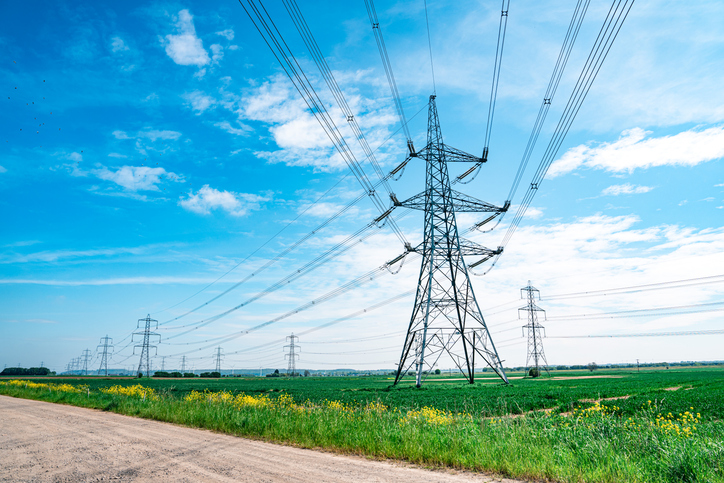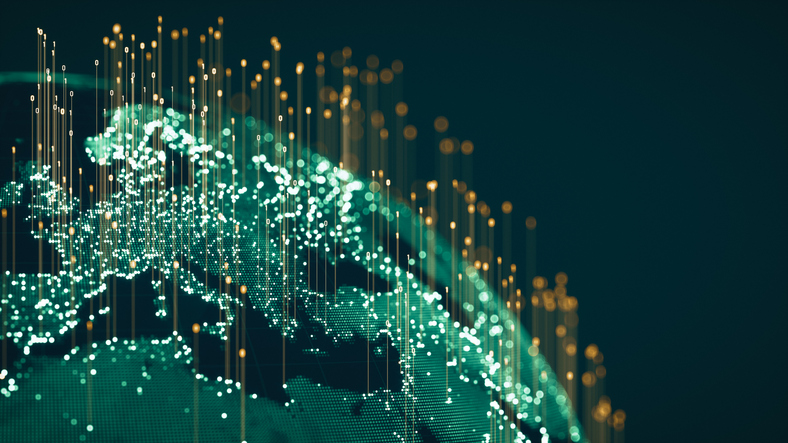
Energy efficiency has evolved from a cost-saving exercise to a core business strategy. Rising energy prices, ESG reporting obligations, and the drive towards Net Zero have made energy monitoring solutions an essential part of modern facility management.
Elcomponent has led this evolution for more than 40 years, supplying complete systems that combine precision hardware, intuitive software, and expert submetering services. Their solutions help clients across commercial, industrial, and public sectors to take control of consumption, cut costs, and report accurately on environmental performance.
What Makes an Effective Energy Monitoring Solution?
An effective energy monitoring system brings together three essential components:
Accurate metering – from main supplies to individual circuits or plant.
Data collection hardware – such as Elcomponent’s PowerPack Pro and fixed energy loggers.
Analytical software – such as Energy Pro, providing real-time insight and reporting.
When these components work in harmony, they provide a single version of the truth about how energy is used, wasted, and saved across an organisation.
From Metering Systems to Full Management Platforms
A simple metering system collects data; a true energy monitoring solution interprets it. Elcomponent’s approach begins with accurate measurement—using a mix of electrical meters, water submeters, and temperature sensors—to capture every aspect of utility performance.
That data is then logged and transmitted to Energy Pro, where it’s analysed, visualised, and reported in a user-friendly format. The result is a continuous feedback loop that supports informed decisions, from maintenance planning to capital investment.
The Role of Submetering Services
Every building and process is unique. That’s why Elcomponent offers tailored submetering services, ensuring the correct devices are installed in the most relevant locations. This bespoke approach captures granular data for:
- Departmental or tenant billing
- Process-level energy analysis
- Building benchmarking
- Sustainability audits
With accurate submetering, organisations can assign accountability, compare performance, and identify where targeted improvements will deliver the greatest return.
Integration with Building Energy Management Systems
Data from Elcomponent’s monitoring hardware integrates seamlessly with building energy management systems (BEMS), enabling real-time control and optimisation.
This allows facility managers to not only observe trends but actively respond to them—adjusting lighting, HVAC, or production schedules to align with demand. Combined with Energy Pro, BEMS integration becomes a powerful operational advantage.
Energy Monitoring Devices That Power the System
Behind every good software platform is reliable hardware. Elcomponent’s energy monitoring devices—from portable loggers to fixed networked solutions—provide accurate, scalable data capture. The PowerPack Pro, for example, is ideal for engineers and consultants who require quick deployment, while permanent installations provide continuous, automated logging across large estates.
Turning Data into Insight with Energy Pro
Data alone isn’t enough—it needs to be actionable. That’s where Energy Pro, Elcomponent’s cloud-based analytics platform, excels. Users can view live dashboards, compare site performance, schedule automated reports, and receive exception alerts for abnormal consumption.
Whether managing one building or a nationwide portfolio, Energy Pro helps organisations make data-driven decisions that cut energy and carbon.
Benefits of Elcomponent’s Energy Monitoring Solutions
Reduced energy costs: Identify and eliminate waste.
Improved sustainability: Track and verify carbon-reduction progress.
Enhanced reporting: Simplify compliance with SECR and ESG frameworks.
Future-proof technology: Scalable systems compatible with IoT and LoRaWAN networks.
Trusted expertise: UK-based support from industry-leading engineers.
Conclusion
Elcomponent’s energy monitoring solutions go far beyond data collection. They combine intelligent hardware, powerful software, and hands-on service to create complete systems that drive measurable improvements. In a world where energy data underpins every sustainability decision, Elcomponent provides the clarity, control, and confidence organisations need to perform at their best.









